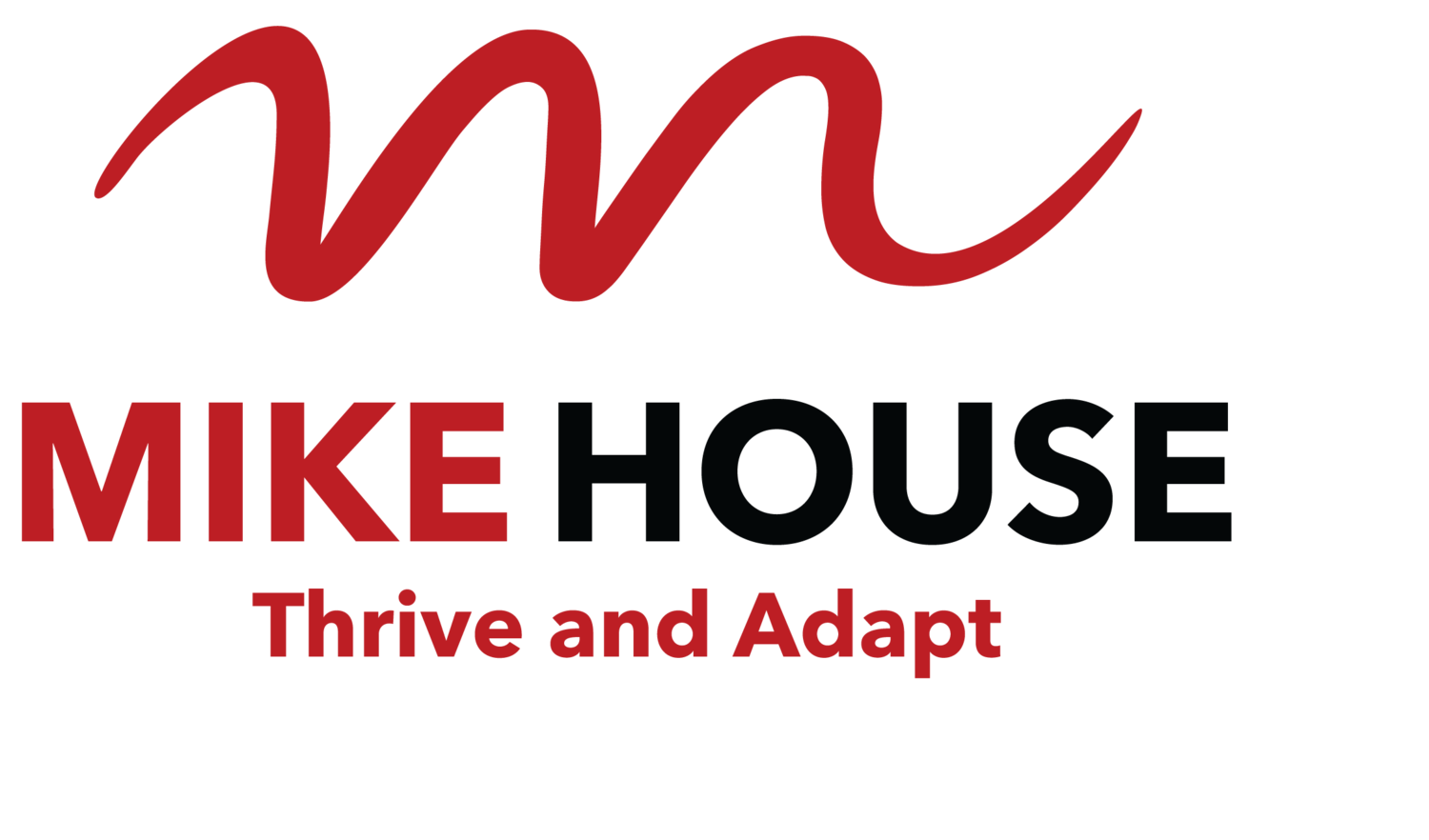Have you ever had a moment where 4 small words had the potential to dramatically change your experience? Back when planes were a regular part of my work and life I had one of those moments.
I was seated halfway along a smallish plane.
The aircrew were moving along the plane from the back opening all the overhead lockers as they came. There seemed to be a sense of urgency..
I wondered what they could possibly be looking for. Aircrew know where things are. If they needed some piece of equipment they would go get it.
It also seemed unlikely they were looking for something for a passenger.
If we want something from hand luggage in an overhead locker we stand up and get it, not call the aircrew for a systematic search!
And yet, here they were systematically searching lockers along the whole plane… Strange.
Eventually the crew arrived at my row. She opens the locker, stands on tip-toe to peer in and appears to be subtly sniffing the air.
I couldn’t help but ask, “Are you looking for something?”
Her response amazed me. It was very low on the list of things I would ever expect aircrew to ask a passenger.
She looked me straight in the eye, smiled as only air crew can and asked,
“Can you smell smoke?”
Her question didn’t especially bother me. I couldn’t smell smoke, and I’m very comfortable on planes
For a less comfortable passenger the question could well be enough to have them clawing for the handles on the nearest emergency exit!
It’s a great illustration of psychological safety. For the crew, the situation clearly wasn’t of great concern, and she was in an environment very familiar to her. When we are familiar with our environment, we can inadvertently do or say something that deeply disturbs someone less familiar.
One of the quickest ways to build trust and psychological safety is to anticipate possible perspectives and issues for those around you, especially if they are new to the environment.
Time spent setting their mind at ease strengthens their trust and regard for you.
The challenge is to be aware enough of what those concerns might be, especially if the environment has become routine for you.
Where could you more effectively build trust and psychological safety for those around you?















